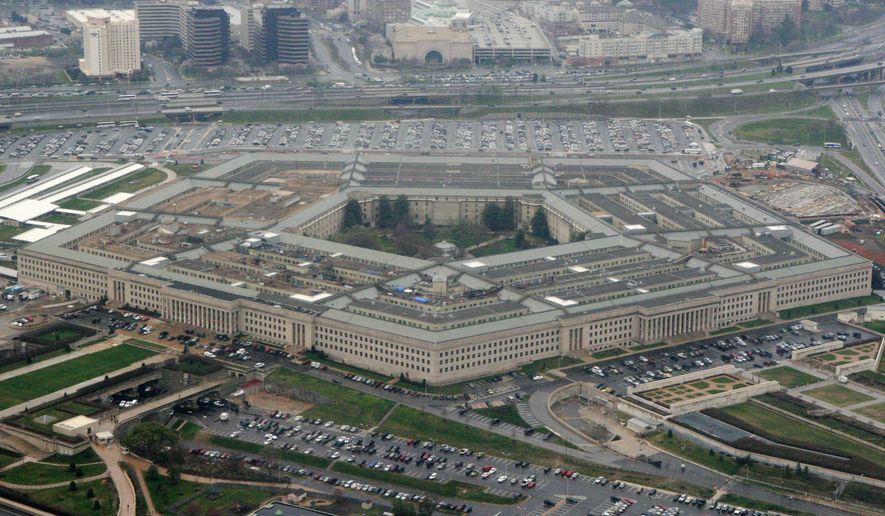The Defense Department is pumping billions more into classified intelligence programs, from unmanned reconnaissance drones to high-tech space surveillance satellites, according to recently released figures by the Pentagon.
Defense officials and congressional lawmakers have set aside $22.1 billion for intelligence efforts, both in the department’s base line budget and its war fighting accounts, known as Overseas Contingency Operations funds, for fiscal year 2018. The figure is nearly $4 billion more than Pentagon leaders set aside for such programs and operations, compared to the $18.4 billion buttonholed for military intelligence in the previous fiscal year.
Department officials did not provide details on how the funds would break down across the services, or what specific programs or operations would be funded by the increased spending levels, due to the classified nature of those efforts.
While the intelligence funds did see a marked increase between fiscal year 2017 and 2018, the department’s fiscal year 2019 request of $21.2 billion indicates Defense Department leaders are looking to maintain a steady base line for future intelligence spending, heading into the fiscal year 2020 proposal.
Pentagon number crunchers have yet to officially announce the final appropriated figure for intel spending in fiscal year 2019 and are putting the final touches on the department’s overall budget blueprint for fiscal year 2020. That proposal is expected to be finalized by December, Deputy Defense Secretary Pat Shanahan said Friday.
The subsequent uptick in military intelligence spending comes as the Pentagon is preparing dual budget proposals for fiscal year 2020.
One plan will include the original spending top line of $733 billion for that year, the spending target department leaders have been aiming for since planning began earlier this year.
The second budget plan will focus on a $700 billion top line number, representing a roughly 5 percent cut to the department’s bottom line. The move is part of an initiative announced by President Trump earlier this month, when he called for a 5 percent reduction across all federal agencies.
Mick Mulveney, head of the Office of Management and Budget, formally ordered the Pentagon to work in Mr. Trump’s initiative into planning for fiscal year 2020 spending blueprint.
The move is likely to incense GOP defense hawks on Capitol Hill, who have doubled down on efforts to increase defense spending, based on Mr,. Trump’s heavy pro-defense rhetoric.
Conversely, congressional Democrats and budget hawks on both sides of the aisle may look to Mr. Trump’s decision to slash defense spending as a way to eliminate some of the administration’s more controversial national security endeavors. Democratic lawmakers’ hands could be strengthened even further, should they take control of chairmanship of key defense committees after the upcoming midterm elections.
• Carlo Muñoz can be reached at cmunoz@washingtontimes.com.




Please read our comment policy before commenting.